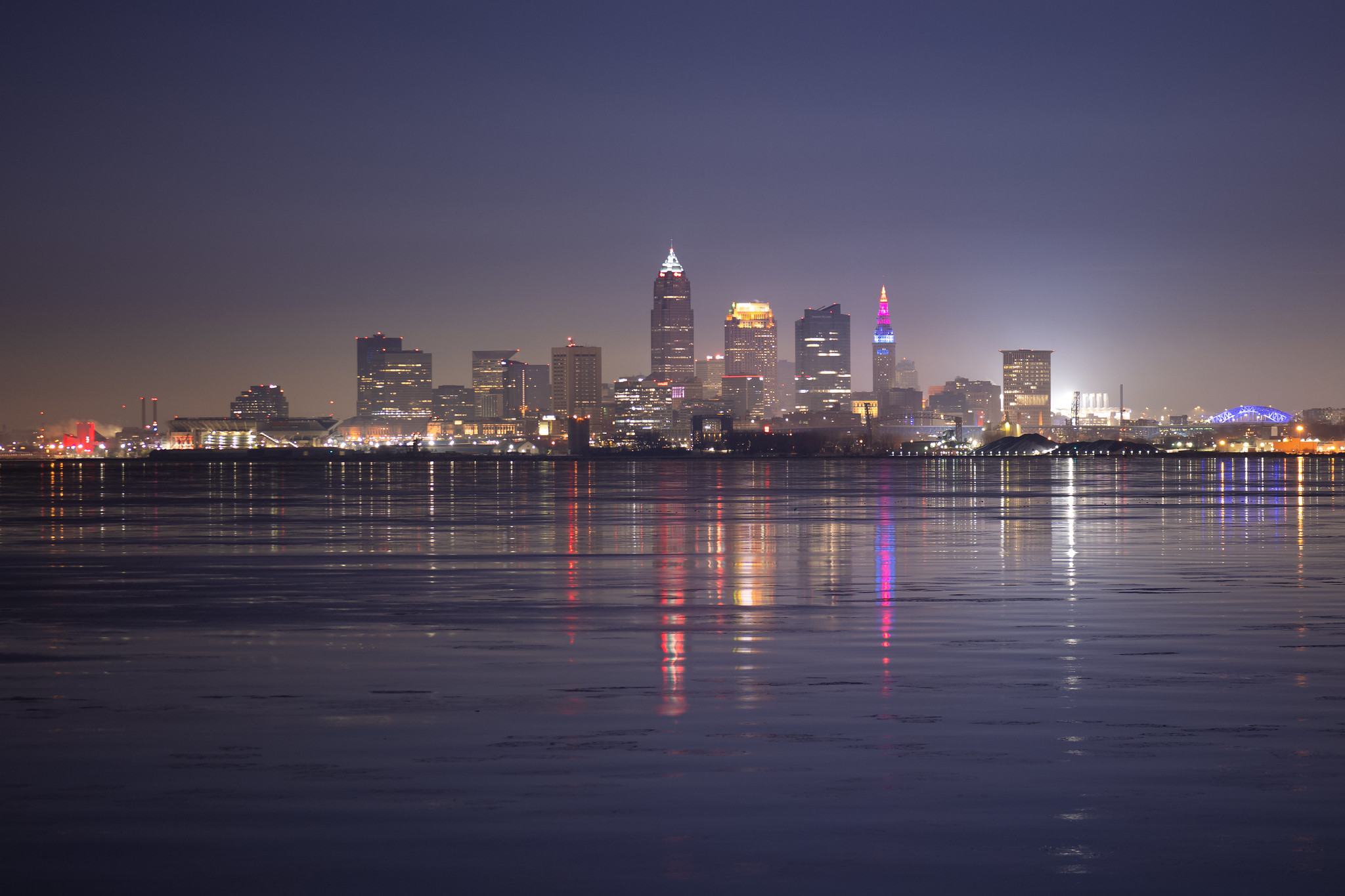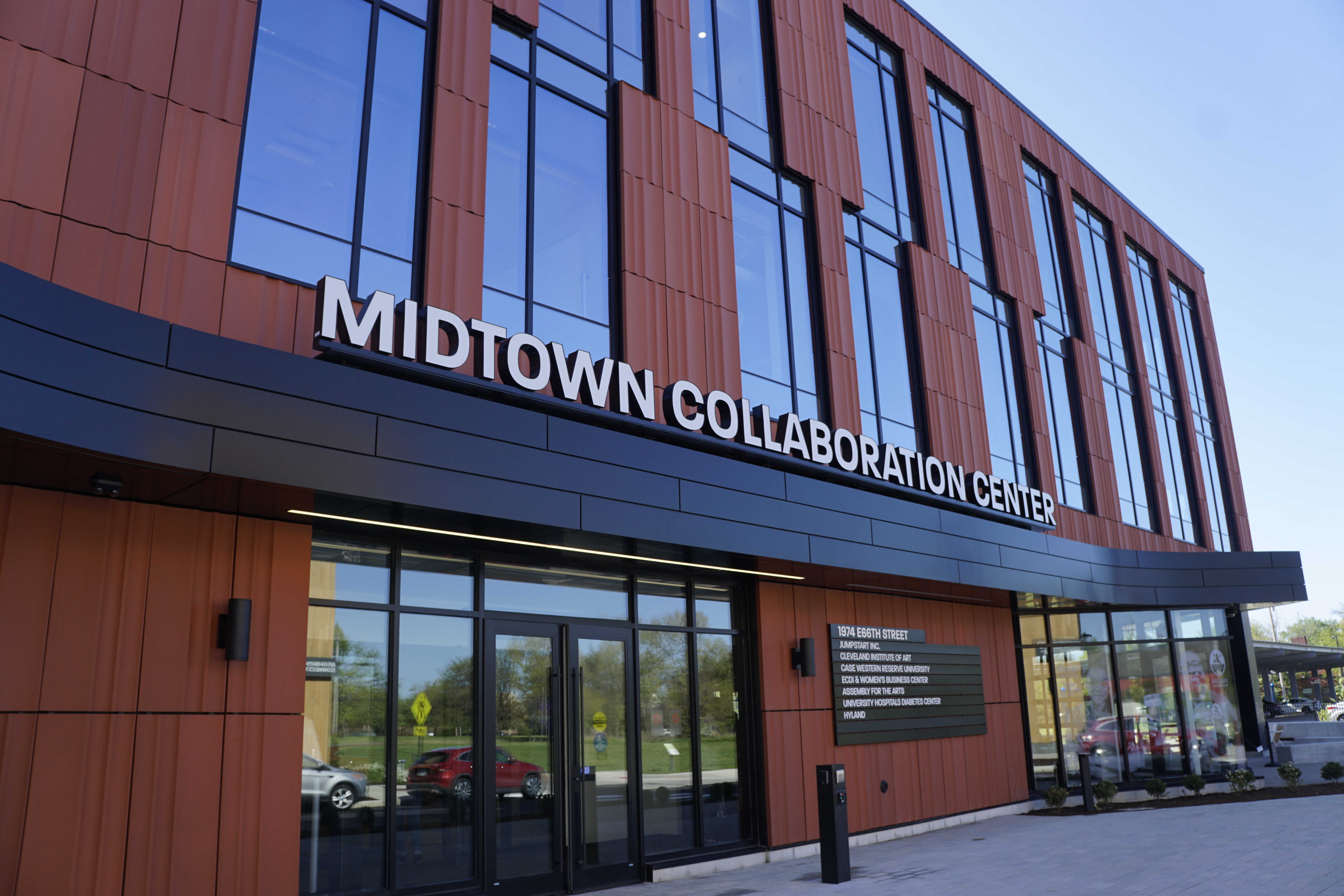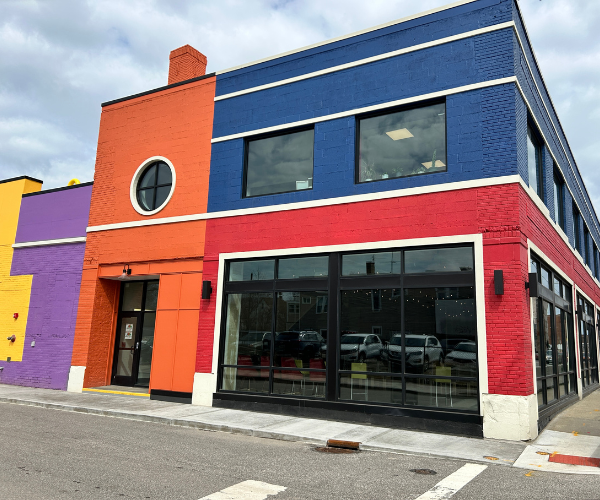Brook Park Stadium Funding Brings Wins and Losses to City, County and the Browns: Commentary
by Ken Prendergast, NEOTrans | Jul. 1, 2025 | 8:45 PM
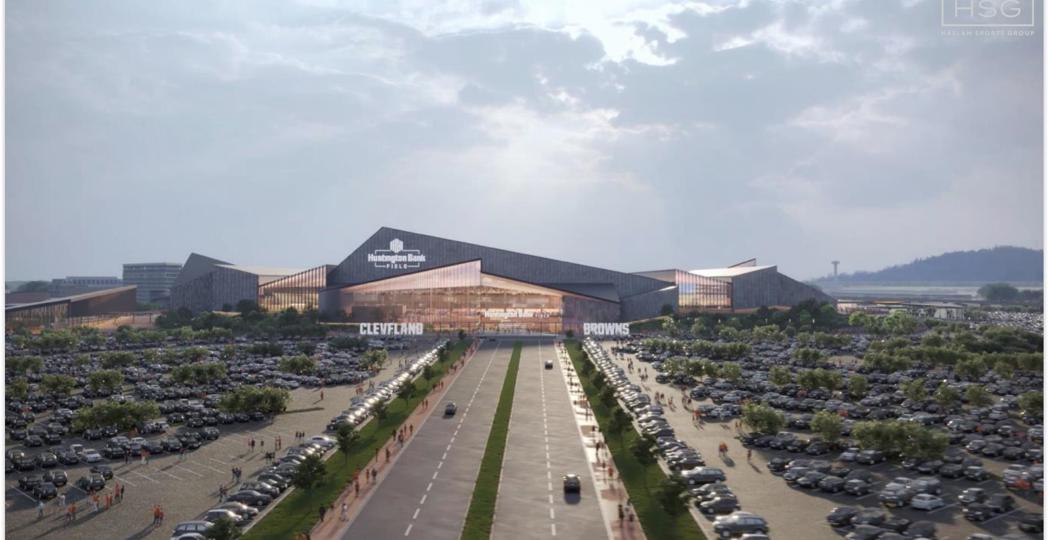
Ken Prendergast, NEOTrans
The article is published as part of an exclusive content-sharing agreement with neo-trans.blog.
There are winners and there are losers in the Haslam Sports Group’s effort to build a new, enclosed stadium in suburban Brook Park. But it is worth noting that all of the winners have lost something just as all of the losers have won something. And there are variables to this equation that will remain unknown until the future and those who choose to shape it reveal them.
It’s easy to say the clearest winner in all of this is the Haslam Sports Group and their owners Dee and Jimmy Haslam and that the obvious losers are Cuyahoga County Executive Chris Ronayne and Cleveland Mayor Justin Bibb. But each have their victories and defeats in the effort to build a new, $2.4 billion Huntington Bank Field at 18300 Snow Rd.
The Haslams got their $600 million wish granted from the state after Gov. Mike DeWine yesterday signed a two-year budget containing the gift. Billionaires have a tendency of winning, especially now and in this country where enough of its citizens have decided that’s OK. Someday that may not be the case anymore. Public funding of billionaires’ megaprojects probably brings the USA closer to that.
“We respect the firm commitment and leadership that Governor DeWine, and the Ohio Senate and House have shown in their collaborative work to find a responsible way to support such a transformative project, one that will create a generational impact for our region and the state,” the Haslams said in a written statement issued today.
The Haslams got what they wanted but they also created animosity, too. The Haslams’ wish was the result of generous campaign contributions. Such legalized political corruption fills the grapes of wrath among the citizenry.
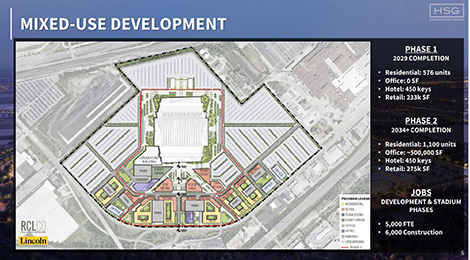
Most people won’t do anything about it except to boycott attending games at the new Huntington Bank Field. And some fans have pledged to do just that. Others will continue to go to games despite the Browns’ record of 73 wins, 138 losses and one tie under the Haslams’ ownership since 2012. They help to protect the status quo.
Others may not have a choice but to boycott games at the new stadium because of the high cost to attend them. Since the Haslams bought the 179 acres of land last week, they will control the cost of parking, concessions and rents.
For a family of four to attend a National Football League game, the average cost in 2023 was $631.63. That’s only going up and will be higher by the time the Browns move to Brook Park in 2029. And it may grow a lot higher here because of the Haslams’ greater pricing power on their land.
So for many fans, they’ll lose but others will win. As the Haslams call it, they’ll get “a completely fan-centric, a first-of-its-kind design in the NFL” to watch a game. Many of us will go just to experience the new stadium but that will be it.
Others will hate the climate-controlled, antiseptic indoor stadium and miss the days when Cleveland’s weather played a part in the outcome of games. There will be no more snow games like last year’s Nov. 21 whiteout win over the Pittsburgh Steelers. A gritty, unique Cleveland football experience will be lost to history.

County Executive Ronayne fought the Haslams and the state and he lost. The Browns are leaving the downtown he sought to protect. But they’re not leaving the county which is his overall jurisdiction. Sometimes he acted like he served the former more so than he served the latter.
But he fought because his constituency told him to. Ronayne was supported by Downtown Cleveland Inc. and the county’s registered voters. Data from a spring 2025 poll by EMC Research of Columbus shows that county voters wanted him to fight the Haslams’ planned move out of downtown.
He ultimately sought to keep county taxpayers’ money out of the stadium financing plan, which he considered risky because it would involve the relocation of some events out of downtown venues, including those of the Gateway Sports and Entertainment Complex. In protecting county taxpayers from the Haslams, he succeeded — for now.
He put the burden where it belonged as only 31 percent of people who are attending Browns games live in Cuyahoga County. Of that, only 15 percent live in the city of Cleveland. If the public is going to foot half of the bill for this new facility, state and Brook Park sources would be the ones to tap.
Unfortunately, Ohio’s two-year budget contains language that usurps home rule. The language is part of the state authorizing the county to submit to voters a ballot issue for extending the countywide “sin tax” on alcohol and tobacco products. But it also says that if there is to be a sin tax in Cuyahoga County, then all major-league sports must share in it. The Browns cannot be excluded.
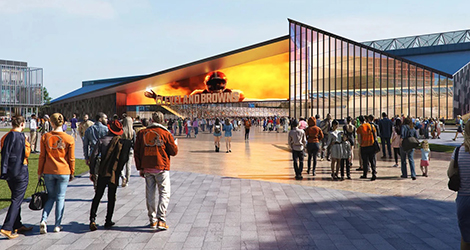
The state has a cap on such excise taxes. In Cuyahoga County, the sin tax generates $14 million per year in revenues to renovate and make major capital repairs major-league sports facilities in the county. It is due to expire in 2034. If it is to continue, voters would have to say so. If the Browns are included, it is questionable they will.
According to the EMC Research poll, a majority of voters – 61 percent – said they opposed the Browns move, including 51 percent who strongly opposed it. Only 28 percent said they support the move and 11 percent are uncertain.
“The poll results show that a large majority of Cuyahoga County voters oppose the move of the Cleveland Browns to Brook Park, and that opposition is damaging support for the excise tax,” EMC Research’s CEO Molly O’Shaughnessy wrote in a May 2025 memo. “If a portion of the excise tax were dedicated to funding a new Browns stadium in Brook Park, the tax would be likely to fail at the ballot box in November.”
That creates another loser/winner participant in the Browns’ stadium situation. The city’s other major league sports teams — the Cleveland Cavaliers, Cleveland Guardians and now the as-yet-unnamed Cleveland WNBA team — want an extended sin tax but are concerned the inclusion of the Browns will at best dilute it if not make its extension unlikely.
Ohio’s newly passed budget says sin taxes “shall be equally divided by the county among the sports facilities that exist within the boundaries of the county during the period that the taxes are levied.” The budget says a “‘sports facility’ means a sports facility that is intended to house major league professional athletic teams, including a stadium, together with all parking facilities, walkways, and other auxiliary facilities.”
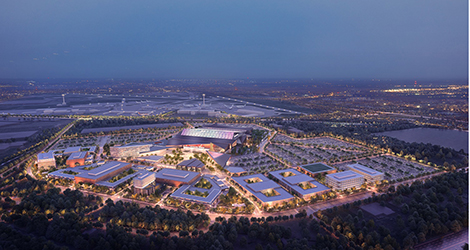
In a May 21 letter to the Greater Cleveland Partnership, Rock Entertainment Group — which owns the Cavs and the WNBA franchise — expressed concern that inclusion of the Browns in the mix puts the sin tax in jeopardy. The letter said the sin tax needed to be increased or “modernized” because Cleveland’s existing sports facilities “are forced to rely on 1990 dollars to pay for 2025 expenses.”
On the winning side for those teams, the state budget also creates a new $1.7 billion Ohio Cultural and Sports Facility fund to which applicants can request funds for stadiums, arenas, related facilities and supportive development near those sports and cultural facilities. Rocket Arena, Progressive Field, a planned new pro soccer stadium downtown and nearby developments could be supported by the fund.
The Haslams are also going to get their $480 million wish granted from the city of Brook Park as it redirects municipal tax revenues generated by the stadium to service debt raised to finance construction of the stadium. The question is, what tax revenues will go to city services that will have to increase because of the stadium?
Consider Orchard Park, NY, home of the Buffalo Bills. That suburb spends $10,000 to $12,000 just in police overtime for each game and pays $200,000 annually in city services to support the Buffalo Bills’ stadium. Foxboro, Mass., home of the New England Patriots, faces a similar situation. While city officials couldn’t cite specific numbers, they said the city wasn’t making any money by having the stadium there.
Brook Park will get a significant public relations boost from having the Browns play there. But what the city does with that is up to them. Apparently Pontiac, Mich. didn’t do much with its PR boost when the Detroit Lions played at that suburb’s Silverdome from 1975-2001. Pontiac’s poverty rate is 25 percent. Brook Park’s is 8 percent.

“We are embarking on a transformative journey to revitalize our lakefront into a thriving, accessible destination that inspires and unites our community,” said Cleveland Mayor Bibb today. “For decades, Clevelanders have dreamed about the opportunity at our lakefront, and we want to deliver on that shared vision for the future.”
“With major public investment, including $150 million in state and federal grants, the city will deliver on transformational infrastructure that will unlock redevelopment opportunities and strengthen the waterfront’s role in the region’s future,” Bibb added. “We will continue to protect taxpayer resources and pursue this once-in-a-generation opportunity to reimagine our shoreline. Clevelanders deserve a world class lakefront, and we will deliver on that promise.”
Transportation will have its winners and losers. For those headed to Cleveland Hopkins International Airport on days with big events at the new stadium — better plan ahead for traffic delays. Even with $70+ million in taxpayer-funded road expansion projects planned, you’re going to have to leave home earlier than you used to.
Another potential airport impact has yet to be addressed. How will the Haslams and the city of Cleveland keep new airport parking facilities, proposed in its CLEvolution Terminal Modernization Development Program, from being overwhelmed by stadium attendees?
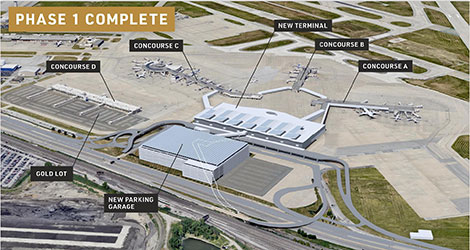
As part of CLEvolution program, the city is building two airport parking facilities totaling 7,622 spaces that will be less than a 1-mile walk to the stadium via the Snow Road underpass. I’m willing to bet that the parking in those airport facilities will be cheaper and thus attractive to stadium visitors. How will the city ensure its airport parking spaces aren’t taken up by stadium attendees?
Taking the Rapid to and from games will also be compromised. Browns games will no longer be near the hub of the Greater Cleveland Regional Transit Authority’s transit system, including its Rapid rail system that extends out on four routes from Downtown Cleveland. In fact, the Rapid won’t be convenient at all to the new stadium.
The Brookpark Road Red Line station will be more than a 1-mile walk from train seat to stadium seat. So will the new Hopkins Airport rapid transit station, to be built into the airport’s new 6,000-space parking garage and ground transportation center.
There are no plans to connect either station with more direct walkways to the stadium. Connecting the Airport Rapid station with the stadium via an enclosed walkway over State Route 237 and the railroad tracks could shorten the walk from train to stadium to as little as a half-mile. But that would also put thousands of parking spaces intended for airport patrons within a more convenient walk of the stadium.
For more updates about Cleveland, sign up for our Cleveland Magazine Daily newsletter, delivered to your inbox six times a week.
Cleveland Magazine is also available in print, publishing 12 times a year with immersive features, helpful guides and beautiful photography and design.

Ken Prendergast, NEOTrans
Ken Prendergast is a local professional journalist who loves and cares about Cleveland, its history and its development. He has worked as a journalist for more than three decades for publications such as NEOtrans, Sun Newspapers, Ohio Passenger Rail News, Passenger Transport, and others. He also provided consulting services to transportation agencies, real estate firms, port authorities and nonprofit organizations. He runs NEOtrans Blog covers the Greater Cleveland region’s economic, development, real estate, construction and transportation news since 2011. His content is published on Cleveland Magazine as part of an exclusive sharing agreement.
Trending
-
1
-
2
-
3
-
4
-
5

